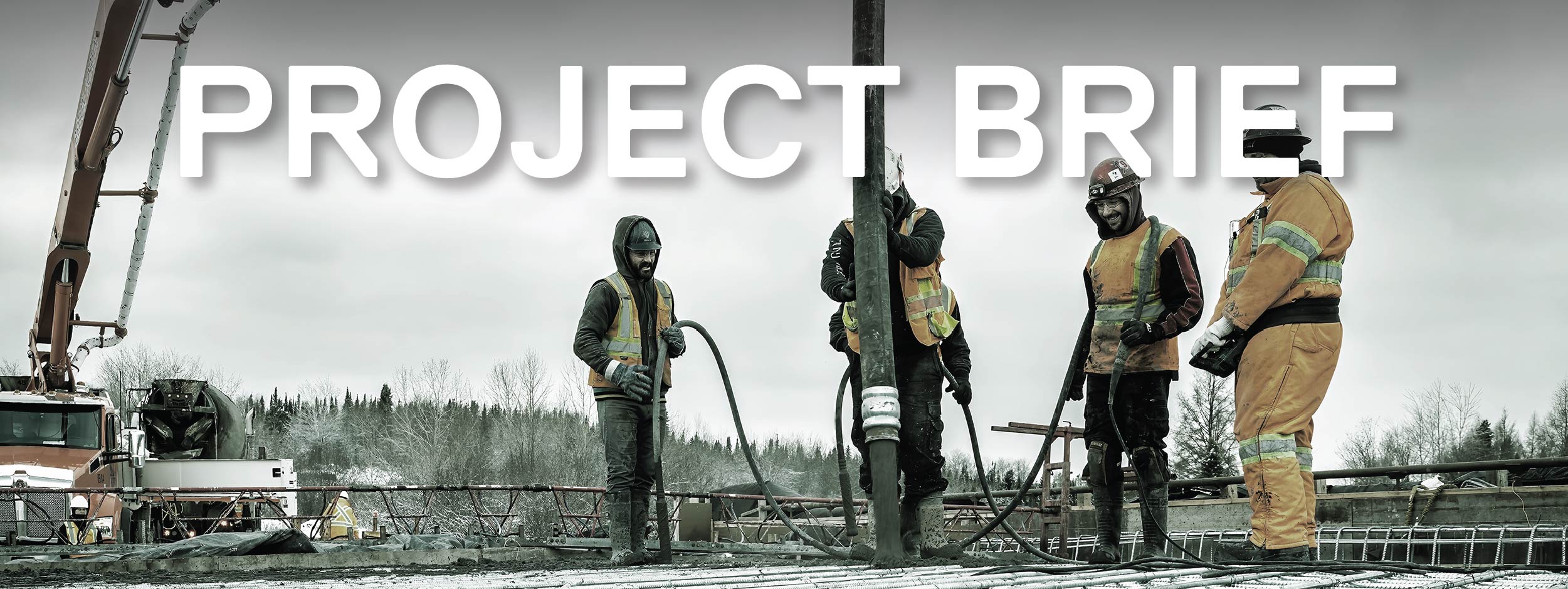Employer integration initiatives (EII): Strategies for supporting immigrant workforce integration


Marshia Akbar, Director, BMO Newcomer Workforce Integration Lab
Contact: marshia.akbar@torontomu.ca

The Employer Integration Initiatives study will develop primary research, synthesize data, and develop tools of evidence-based actionable recommendations for businesses to use in their practices of recruitment, hiring and onboarding so that they may better leverage the skills and talents of newcomers to Canada.

The Employer integration initiatives (EII) research project aims to help equip employers with the tools they need to attract, recruit and retain the high skilled talent from the labour pool of newcomers to Canada.

The EII project will seek to address pressing questions which consider both the newcomer and the employer perspectives:
From the migrant perspective:
- What immigration policies and settlement services do skilled newcomers look for when deciding to choose Canada as their destination? And what are the experiences and service needs of recently arrived newcomers seeking to enter the Canadian workforce?
- What are the challenges or barriers that skilled newcomers face in entering Canada’s workforce?
From the employer perspective:
- What are the skills and labour gaps Canadian businesses are facing, and how do the skills of newcomers match?
- What are the challenges that employers face in hiring and onboarding foreign talent?
- What best practices do businesses need to follow to successfully attract, hire and onboard skilled newcomers, and how can they support the work-life integration experience of newcomer employees to ensure maximum success in their new country?

Over the past 50 years, Canada has transformed into one of the world’s most vibrant multicultural societies. More than 20% of Canadians are foreign born. Yet, looking ahead, the country will be even more dependent on immigration. Over the next 20 years, Canada’s population of seniors – those age 65 and older – is expected to grow by 68%. With an aging population who are rapidly exiting the workforce, the country’s future prosperity will be dependent on immigration. Newcomers will be essential to fill important jobs in a host of sectors – from health care to construction to technology and much more.
While immigration has the promise to address the country’s labour shortages, the arrival of large numbers of new Canadians requires effective policies, practices and supports. Even at today’s high levels of migrant intake, governments, community-based organizations, healthcare facilities and businesses continue to struggle to support newcomers facing the realities of settling into Canadian life and the challenges related to labour market integration. At the same time, companies are facing a severe talent shortage that was exacerbated by the pandemic.
Canada’s aggressive plan to increase immigration will strengthen the pipeline of highly skilled immigrants and international students. In 2023, the federal government set new immigration targets with the goal to admit 1.45 million more new permanent residents, reaching 500,000 annually by 2025.
These high levels will only be an effective and sustainable solution if companies are properly equipped to attract, hire, integrate and retain these newcomers. Historically, integration for newcomers has fallen on the employer, who generally does not have the tools needed to ensure this talent pool is integrated successfully.

The EII project will conduct research, synthesize data and develop a package of evidence-based, actionable recommendations that can support businesses in their recruitment strategies, and hiring and onboarding practices to better leverage the skills and talents of newcomers to Canada. Specifically, the project will:
- Lead action-oriented roundtable discussions and workshops
- Build partnerships across employment, government, not-profit and service sectors
- Publish white papers and peer-reviewed journal articles, policy briefs and other publications on key research findings
- Develop a toolkit that businesses can use to guide their processes for hiring and onboarding newcomers across provinces and industries
- Test the toolkit through applied approaches (e.g. hiring events, job fairs)

The project was launched summer 2024. Stakeholder discussions are underway.

This work is part of the BMO Newcomer Workforce Integration Lab made possible by a gift from BMO.

newcomer, integration